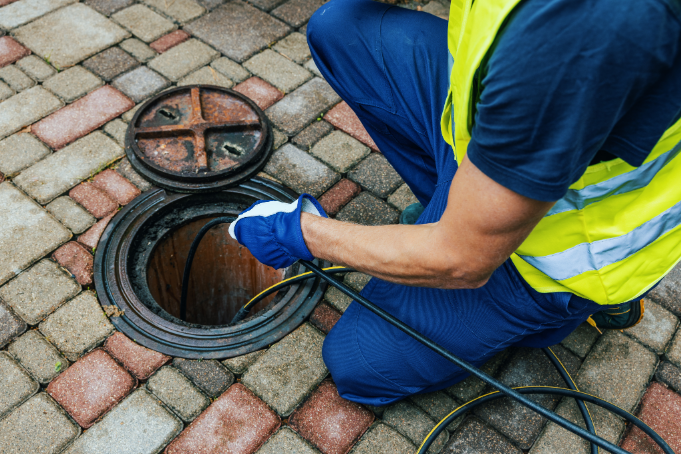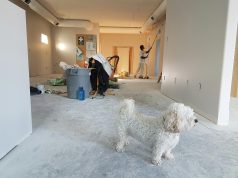When venturing into the world of property acquisition, attention often gravitates towards the more visible aspects: aesthetic appeal, location, and structural integrity. However, nestled within the less glamorous but equally crucial checklist for prospective homeowners is the condition of the property’s drainage system.
The health of the drains, often overlooked, can be the linchpin for both the property’s functionality and its long-term value. Michael O’Neill from Pipeline Drainage Solutions explains what to look out for.
The Undervalued Significance of Drainage Systems
The drainage system of a property, a complex network often hidden behind walls and beneath floors, plays a pivotal role in maintaining the building’s health. Faulty drainage can lead to a cascade of problems, ranging from structural damage to health hazards due to mould and mildew. It’s a facet of property assessment that demands as much attention as the more obvious features like the layout or the finish of the kitchen.
Delving into Drain Inspection
The first step in assessing the health of a drainage system is a visual inspection. This involves a keen eye for detail, looking for any signs of damage such as visible cracks or leaks in pipes. But the investigation doesn’t stop at what meets the eye.
Functionality tests, like running water through sinks and showers, are crucial in revealing issues like slow drainage, which can be indicative of blockages or deeper systemic problems.
The outdoor elements of the drainage system are equally telling. A thorough examination of gutters and downspouts can reveal blockages or issues with water flow, hinting at potential problems. Moreover, interior signs such as water stains on walls or ceilings and the presence of persistent foul odours can often point to hidden leaks or blockages in the system.
The Role of Professional Drain Inspection
While an initial inspection can be undertaken by the prospective buyer, a comprehensive evaluation typically requires the expertise of a professional. A professional drain inspection often includes a CCTV drain survey, which involves sending a camera down the pipes to inspect for blockages, damage, or wear and tear.
This is complemented by pressure testing to identify any leaks. The culmination of this process is a detailed report that provides an in-depth analysis of the drainage system’s condition.
Common Pitfalls and Preventative Strategies
Understanding common drainage issues can be beneficial for prospective property owners. Blockages are a frequent issue, often resulting from inappropriate items being flushed or the buildup of substances like grease and soap. In older properties, the intrusion of tree roots into pipes and the natural deterioration of ageing pipes are common problems.
To mitigate these issues, regular maintenance is key. This includes routine cleaning to keep drains clear of debris, avoiding pouring grease down sinks, and scheduling regular maintenance checks, especially for older properties.
Concluding Thoughts
In conclusion, the health of a property’s drainage system is a vital aspect of the property assessment process. It’s a component that, if ignored, can lead to significant financial and health implications. Whether through a basic personal inspection or a more in-depth professional evaluation, understanding the condition of the drainage system is an integral part of making an informed property purchase decision.
In the complex and often daunting journey of buying a property, ensuring the functionality and reliability of the drainage system is a step that should never be overlooked.














